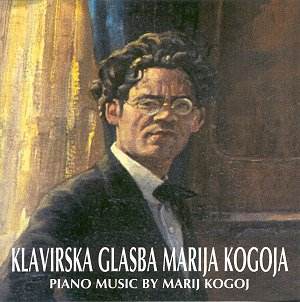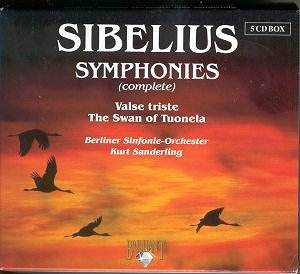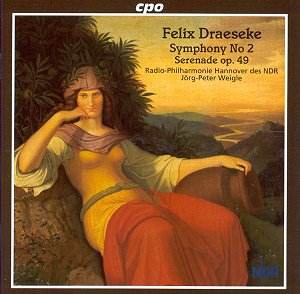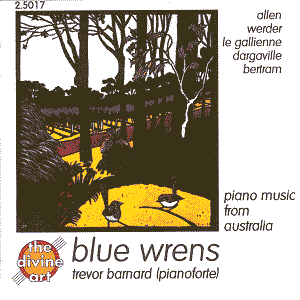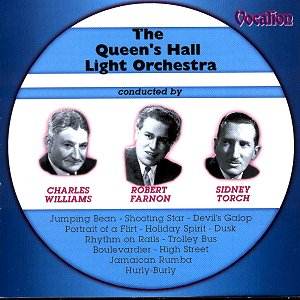 Composer: Various
Composer: Various
Works: Up with the Lark; Jamaican Rumba; The Voice of London; Rhythm on Rails; Hey Diddle Diddle; Trolley Bus; Devil’s Galop; Jumping Bean; Portrait of a Flirt; Pictures in the Fire; High Street; Jaj Mahal; Willie the Whistler; Boulevardier; Shooting Star; On a Spring Note; Wagon Lit; Barbecue; Radio Romantic; Holiday Spirit; Melody on the Move; Dusk; Eighth Army March; The Glass Slipper; Cinema Foyer; Dance of the Blue Marionettes; Hurly-Burly; Sapphires and Sables; Prelude from Moods Suite; Top of the Bill; Alpine Pastures; Honey Child; Looking Around; Champagne March; Proud Canvas; The Huckle-Buckle; Palm Beach Promenade; Drifting; News Theatre; Snapshots of London Suite; Seascape; Meandering; Amore Mio; Quiet Countryside; Luna Park; Orchid Room; They Ride By Night; Exhilaration; Jamboree; Outward Bound; Pan American Panorama; Coliseum March; Punchinello; Moon Lullaby; Waltz from Dance Revels.
Performers: The Queen’s Hall Light Orchestra, conducted by Charles Williams, Sidney Torch, and Robert Farnon.
Recording: Dutton Vocalion CDEA 6021 and 6061
Label: Dutton Vocalion
The release of “The Queen’s Hall Light Orchestra Vols. 1 and 2” brings to light an often-overlooked repertoire of British light music, a genre that flourished around the mid-20th century. This collection features an impressive array of composers who contributed to the soundscape of British media, particularly during the era of film, radio, and television. The orchestral works encapsulate a historical moment when the demand for “mood music” surged, filling the aural void left by the scarcity of commercial recordings. These pieces, often dismissed as mere trifles, reveal a nuanced craftsmanship that demands both scholarly appreciation and enjoyment.
The performances by the Queen’s Hall Light Orchestra, under the adept direction of conductors like Charles Williams, Sidney Torch, and Robert Farnon, are executed with an appealing blend of precision and flair. The orchestra’s tonal palette is notably rich, with strings that exude warmth and woodwinds that offer delightful color. For instance, Williams’s “The Voice of London” resonates with a vibrant portrayal of urban life, weaving together motifs that evoke the bustling energy of the city. The rhythmic vitality of “Jumping Bean” by Farnon showcases the orchestra’s ability to navigate quick tempo changes while maintaining clarity in articulation, a testament to the players’ technical prowess.
The remastering by Michael Dutton is commendable, ensuring that the sonic integrity of these vintage recordings is preserved. The 78 RPM source material presents challenges, yet Dutton’s efforts result in a clean and engaging listening experience, allowing the nuances of orchestral dynamics and timbre to shine through. While some of the tracks may exhibit the limitations of their time, such as slight surface noise, the overall sound quality is impressively robust for recordings dating back to the mid-20th century.
Comparisons with other recordings of light music reveal a certain charm unique to this collection. While contemporary interpretations may lean towards a more polished sound, the warmth and spontaneity intrinsic to these performances offer a refreshing perspective. The inclusion of lesser-known composers such as Joyce Cochrane, whose “Honey Child” features a sweet, lyrical simplicity, highlights the diverse contributions to the genre.
The collection serves as both a nostalgic homage and an essential document of British light music. With its blend of familiar tunes and hidden gems, the two volumes create a rich tapestry that appeals to casual listeners and scholars alike. The range of styles—from the lively “Eighth Army March” to the contemplative “Dusk”—demonstrates the versatility and inventiveness of the composers involved.
This anthology not only champions the legacy of British light music but also invites listeners to reconsider the artistry embedded within these miniatures. The Queen’s Hall Light Orchestra’s interpretations reveal the skill and musicianship required to evoke mood and narrative in brief compositional forms. As such, this collection stands as a vital resource for anyone interested in the evolution of popular music forms, as well as a delightful excursion into the rich heritage of light orchestral music.
